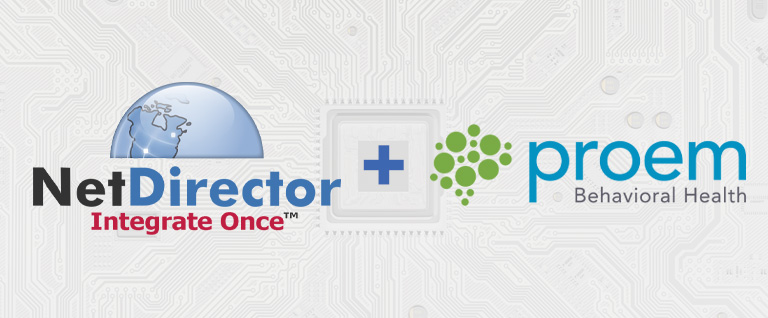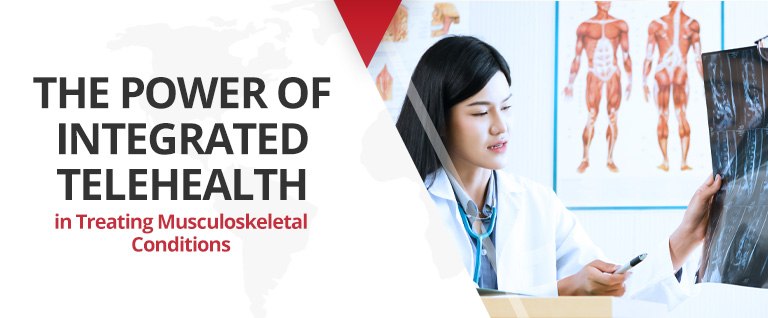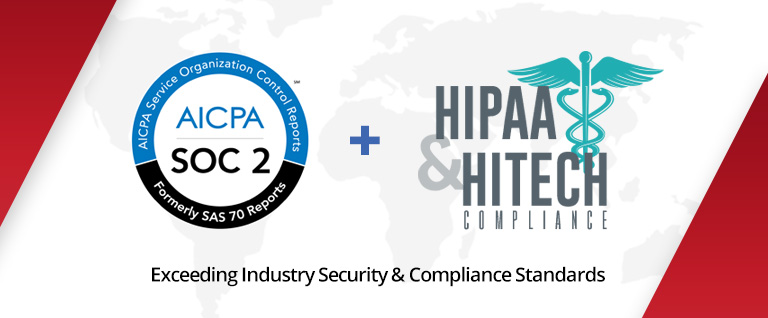Healthcare IT Boosts Consumer Engagement Component
Healthcare providers are undergoing a fundamental transformation by making their services increasingly accessible and adaptable to consumer preferences. Over half of all patient transactions are already handled online, virtually or through an app, according to tech giant Oracle. And that percentage will only grow as a rising share of younger consumers demand new ways to address their healthcare needs through mobile connections and on-demand systems.
“People are taking more ownership of their healthcare, and they expect user-friendly technologies to help them do so,” says Paul Black, CEO of electronic health record (EHR) vendor Allscripts. “The solutions that deliver what consumers want are the ones that will be successful.”
Competing with Technology Titans
Healthcare has already drawn deep interest and investment from digital-sector headliners such as Amazon and Google. These non-traditional participants seek to disrupt the marketplace by helping consumers manage wellness and engage with providers, Black points out. For example, last year Amazon began offering a discount on its Prime delivery service to Medicaid beneficiaries, and now — through the acquisition of online pharmacy PillPack — has rolled out one-day free shipping on prescriptions to Prime customers in many ZIP codes across the country.
Accordingly, healthcare-entrenched companies like Allscripts know they must keep pace with consumer-focused technologies, in particular by expanding mobile outreach capabilities. Consumers want to be active in their own care “before, during and after visits” through mobile connections, emphasizes Black.
Along those lines, Allscripts’ recently enhanced FollowMyHealth patient platform enables SMS messages and alerts without consumers having to log into a provider’s portal.
Ephraim McDowell Health, an integrated healthcare delivery system serving about 120,000 residents in central Kentucky, will use FollowMyHealth as part of a “pro-consumer” strategy to make it convenient for patients to stay informed about their health. The health system favors a unified approach to patient engagement over deployment of multiple, disconnected smartphone apps.
“We as an industry must be prepared for the evolving healthcare IT landscape and start now on creating intuitive access to our services, a simplified method of enabling personalized outreaches, and improve how we coordinate a patient’s care journey,” explains Gary Neat, CIO at Ephraim McDowell.
Allscripts reports more than 40 million patients nationwide have connected with providers through FollowMyHealth. The company says clients using the technology have actively engaged with up to 70 percent of patients through the platform.
Following the Trendlines
Newly released findings from a survey of 1,000 healthcare leaders rank consumerism as a top-level concern across the industry. The report recognizes the transformation of patients to consumers who seek lower costs and greater convenience from providers. As a result, “providers will have to work harder than ever to find and retain their patient populations,” the survey concludes.
Additionally, personalized patient engagement will accelerate population health initiatives during 2019, according to Becker’s Hospital Review. In particular, voice-driven consumer communications that mimic natural conversations — whether reminders to schedule appointments and screenings or to prepare for an upcoming procedure — will empower patients to make informed decisions and take action about their health. The goal is to improve outcomes “on a scale that would be impossible with existing staff,” Becker’s notes.
As providers pursue new ways to engage with consumers, new components will be added to existing technologies and CIOs’ responsibilities. Knowing that core systems and data-exchange mechanisms are running at peak efficiency in a truly integrated fashion will free up health IT executives to apply their expertise and resources to emerging consumer-centric technologies.
NetDirector’s cloud-based HealthData Exchange complements current IT investments while streamlining clinical workflow and communications throughout a provider’s extended community. To learn more about the platform, contact us or request a free demo.




